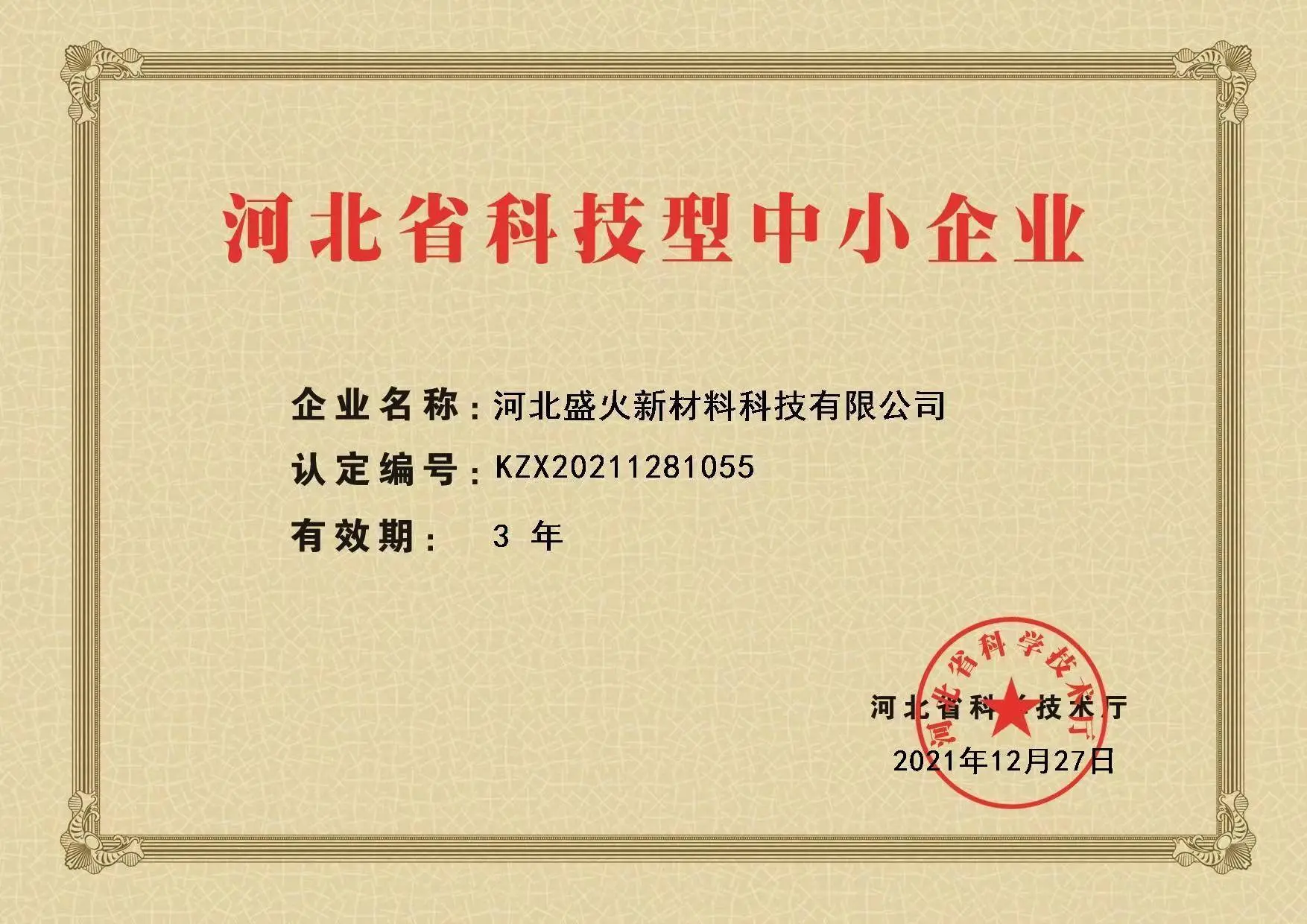

After the metal has cooled and solidified, the sand mold is broken away, revealing the rough casting. This part of the process may seem destructive, but it's an essential step to accessing the intricate cast structure within. Once liberated from the sand, the casting often requires finishing to remove excess material, refine surface textures, and ensure dimensional accuracy. The economic benefits of sand casting are a significant draw. The cost of materials and maintaining equipment is relatively low, especially compared to other casting methods like die casting. Additionally, molds can be rapidly changed and customized for different runs, enhancing the adaptability of the manufacturing process. That said, sand casting does have its challenges. The surface finish of sand cast products tends to be rougher and may not have the fine tolerances that other techniques can achieve without additional post-processing. Moreover, the dimensional accuracy is somewhat limited by the nature of the sand mold, making it less suitable for applications where precision is paramount. Environmentally, sand casting is also worth noting. The sand used in the process is often recyclable, and efforts to minimize waste and energy consumption are constantly evolving. Innovations in binder materials and reclamation processes are enhancing the sustainability profile of sand casting, aligning it with modern ecological standards. In the landscape of manufacturing, where innovation and adaptability are key, sand casting stands out not only as a testament to industrial history but as a viable and evolving method for producing metal components. Whether for prototyping new designs or fabricating complex structures, the combination of its cost efficiencies, material versatility, and historical reliability positions sand casting as an indispensable tool in the production environment. By understanding the nuances and leveraging the strengths of this timeless process, manufacturers can continue to meet the growing and diverse demands of modern industries. Post time:Фев . 14, 2025 05:59
Next:sand casting
